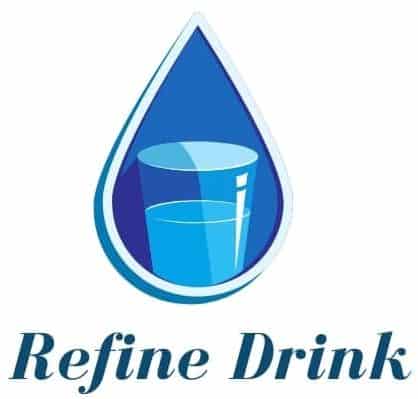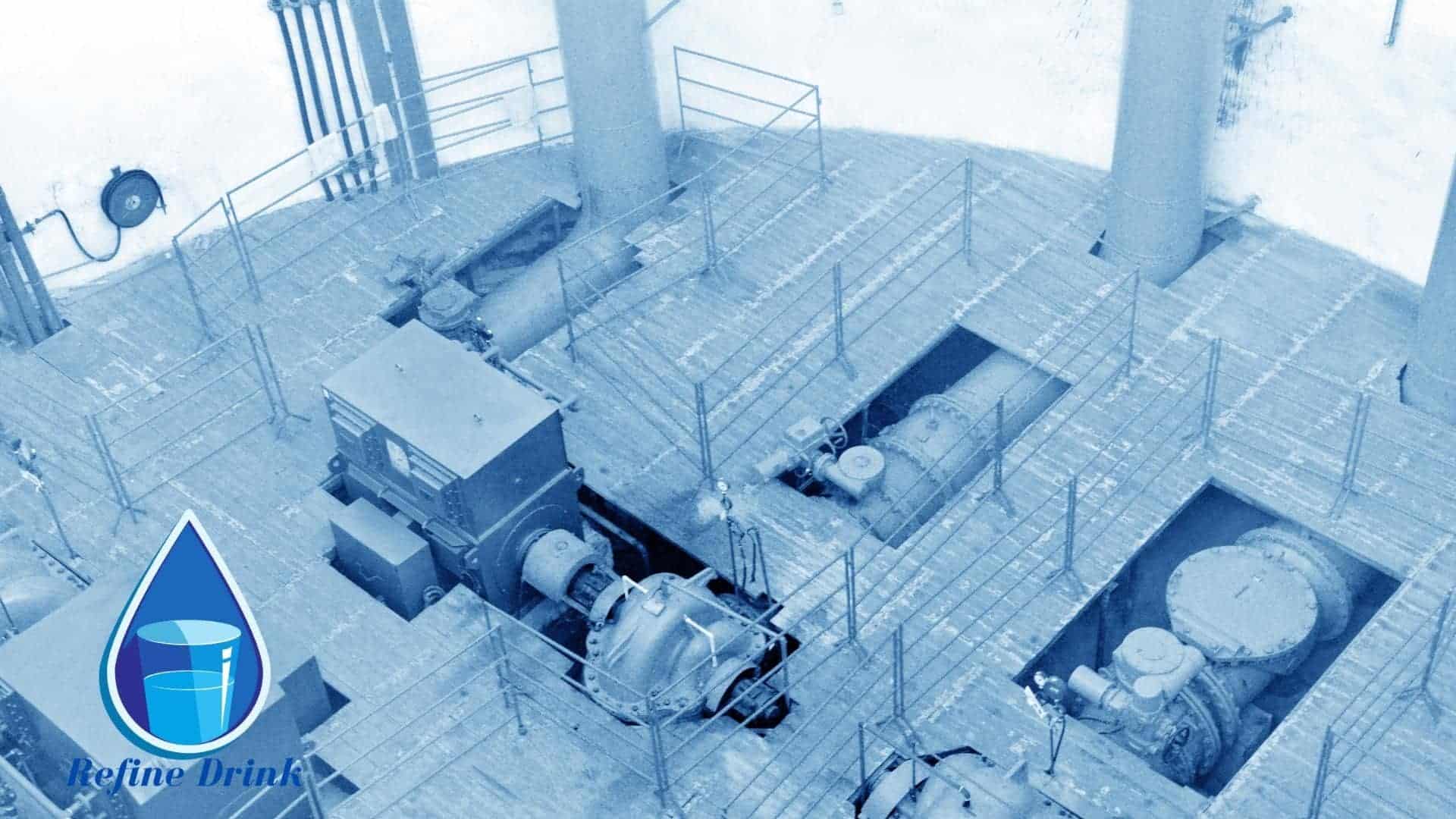Before you know how a water pump works, you must understand what exactly a water pump is. A centrifugal pump increases the existing flow of water. It is an electrical device that creates low pressures on the inside while speeding up the liquid’s flow rate. Therefore, it’s rollout to be a vacuum.
A water pump’s primary aim is to move the fluid simultaneously from one place to another. The liquid undergoes a low pressure on the suction side, but the tap creates high pressures to push the water with force on the outlet.
Understanding the operating system of an automotive water pump is simple. The sump pump pressurizes and speeds up the fluid flows. But it can’t operate on its own. It connects a serpentine belt to the crankshaft pulley in every car that functions once the vehicle. It is the primary source of energy for the drive to do its job
The centrifugal pump, also called a coolant pump, has an impeller inside its house, like a propeller blade with a slight curve. It’s almost like a closed-loop. This blade helps in creating low pressures on one side and high pressures on the other. If you notice carefully, then you can find a screw inside it that sucks the water on the low-pressures side and exits it through the high pressures side.
Double or triple neoprene rubber seals the shaft in a bearing to avoid any damage. But a new car and an older one have a difference in design. Unlike an older car, there is an electric temperature-controlled fan in a new vehicle that cools down the car’s engine even after shutting it down. In comparison, it equips an older car with a fan blade attached to the shaft. A question is arise there, what is a water pump sealant or seals?
Centrifugal Water Pump
A centrifugal pump is more like a sewage treatment pump with a sealed casing and narrow hole for the water egress. These pumps move the liquid within it by a closed impeller. It increases water pressure with a rotating fan before discharging it through a narrow hole.
It takes in the water by a central pipe, and then the centrifugal force pushes it to move out to the edge, finally forcing it to the outtake. Unlike a positive-displacement pump, it has to immerse the centrifugal pump in water to raise its fluid flow to a higher level. It can convert a motor’s rational energy into a moving water source.
Positive-Displacement Pump
A positive-displacement pump and a centrifugal pump is entirely different in design. It is more like a hand water pump that traps the water inside first and sprays it out when needed. After storing a fixed amount of water, the positive displacement pump forces it into the discharge pipe.
Some pumps decrease the cavity level on the discharge side and increase it on the insertion. It takes in the liquid by expanding the insertion’s cavity and takes it out when the cavity collapses. This is how the volume stays constant through each operating cycle.
Unlike a centrifugal pump, the positive displacement has a specialty to produce the same liquid flow under any discharge pressure. Therefore, it can give a constant flow at speed (rpm) for your vehicle. However, The regular flow rate can sometimes decrease because of a slight leakage on the inner side.
Water Pump Durability?
A water pump truly affects your car’s performance. Thus, it is made to be durable but can’t operate without support. It stays under the timing belt cover that is beside the engine block. The timing belt or serpentine belt helps the tap to run once it starts the car.
You can access the timing belt and the drive from the same area that makes it easier for you to replace both parts. Mechanical experts usually suggest changing the timing belt and the water pump as it provides the primary energy source for the drive. Besides, it can save you double labor costs at once if you do it on one service.
Well, the age of your vehicle’s coolant tap is between 60,000-90,000 miles. Mostly, the timing belt lasts the same. The coolant pump can sometimes last longer than the expected time if it does not encounter any unfortunate issues.
It is essential to plan out your car’s maintenance schedule. Please take it to the repair shop on a fixed schedule each month to ensure its components are working fine. And if you plan to buy a used vehicle, then surely know the last servicing details to plan the maintenance schedule according to it
The Final Verdict
As discussed in this article, the two primary types of pumps can be the best choice for your vehicle. And it can reduce pump failures and ensure the engine’s safety for a lasting time. It is better to consult a mechanical expert and learn more about the vehicle’s parts and components to understand what suits best

